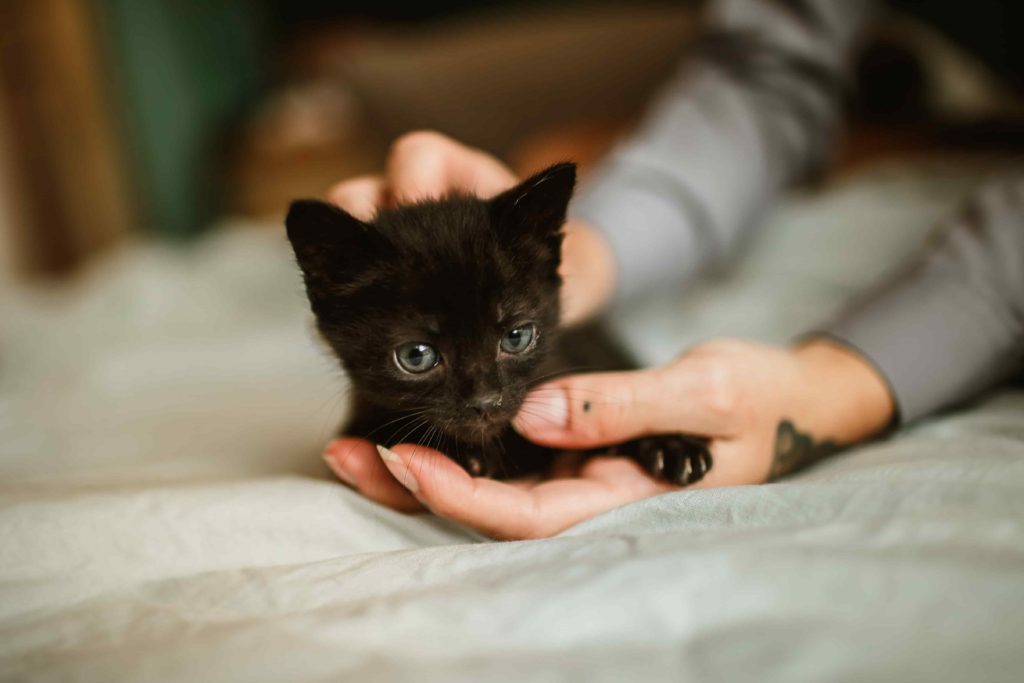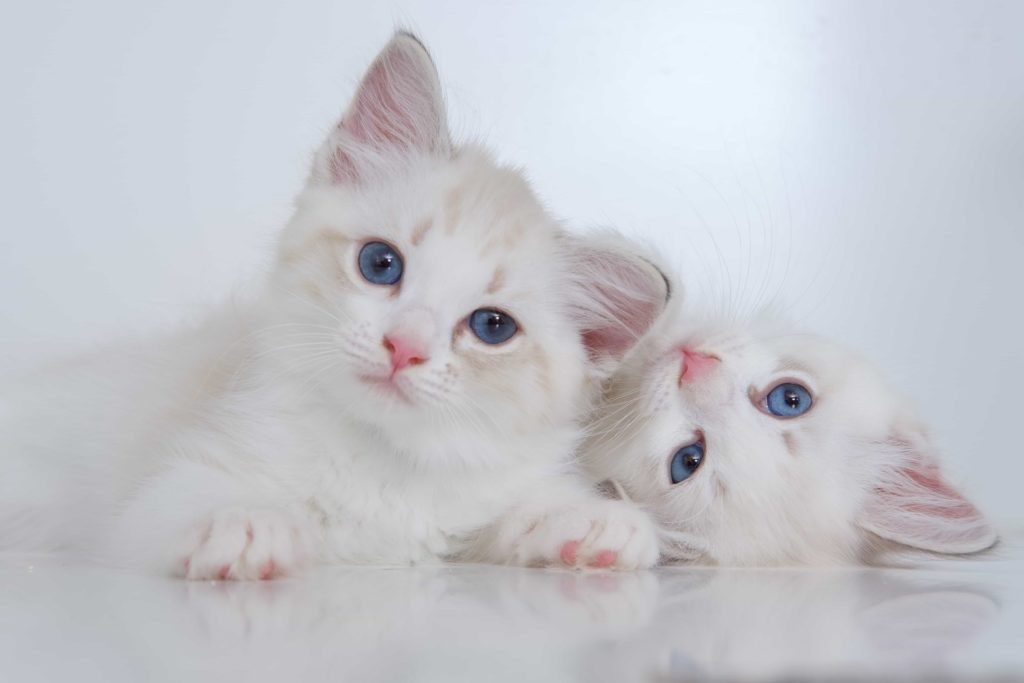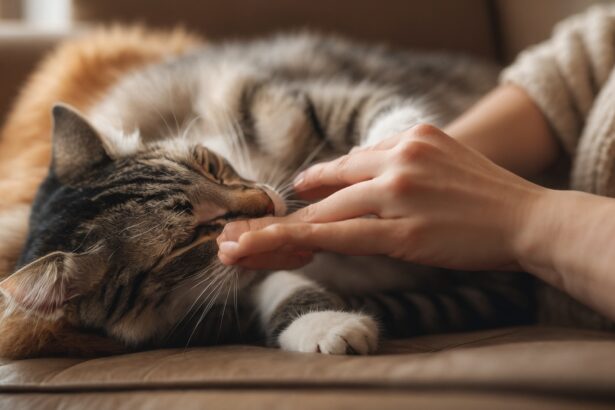Before the tiny newcomer arrives
Your resident cat is living their best life, and your heart just said “kitten.” Great choice—if you choreograph the introduction with care. Cats are creatures of habit and they guard their territory with quiet pride.
Book a vet check for your adult cat first. A healthy feline copes better with change and you’ll reduce the risk of passing on any sneaky bugs to the kitten.
Keep routines steady: same feeding times, same cuddle rituals, same play sessions. Your big cat needs to feel secure—and still very much number one. If you’re unsure how to read their mood, here’s a gentle guide to spotting stress signals.

Practical tip (original): create a “scent loop.” Wipe your adult cat’s cheeks with a soft cotton cloth, then gently wipe the kitten, and finish by wiping your adult again. Repeat daily. You’re building a shared family perfume without any face-to-face pressure.
Surprising fact: cats have a tiny scent detector called the vomeronasal organ (a.k.a. Jacobson’s organ) behind the front teeth. That funny lip curl “flehmen” face? It’s them analyzing perfumes like little connoisseurs.
Set up the kitten’s safe room
Give your kitten a dedicated room at first. Think mini studio: litter box, bed, scratching post, toys, fresh water, and food—nothing shared yet.
Common mistake to avoid: one litter box for two. It’s an express lane to resource guarding. Use the golden rule: one box per cat, plus one extra, placed in different quiet spots.
Let your adult cat sniff the closed door as much as they like. Meanwhile, your kitten explores their room and learns the smells and sounds of home at a calm pace.

Choosing comfy, low-dust litter helps prevent accidents and turf wars. Need help deciding? Here’s our ultimate guide to choosing the best litter.
Scents first, then sights
Before they meet, swap bedding and toys between rooms. That gentle exchange lets each cat learn “who’s who” from a safe distance.
A pheromone diffuser can soften the atmosphere. Plug it in a week before arrival in a common area where both cats like to pass by.
Pair scent work with positive moments: a tasty treat, a wand-toy session, soft praise. The goal is simple: new smell = good things happen.
Bonus tip: place two feeding mats on either side of the closed door and serve tiny meals at the same time. Gradually move the bowls a little closer to the door each day to build calm associations.
First contacts, gently does it
Start with door-only interactions. Feed on both sides. Play near the door. You’re layering calm feelings onto each other’s presence.
Try room swaps next. Let the adult tour the kitten’s suite while the kitten explores a small, kitten-proofed area elsewhere—always separately.
When both approach the door with curiosity rather than tension, progress to a baby gate or slightly ajar door. Keep sessions short and sweet; end on a good note.

Want a stricter step-by-step roadmap? This calm, practical guide to introducing a new cat without conflict walks you through each stage.
Open the door: the big moment
When signals look green, supervise a short meet-and-greet. Let them sniff, circle, and observe. No one has to be best friends today.
Mark every tiny win: a slow blink, a relaxed tail, a quiet sniff. Praise softly and drop a mini treat. If someone grumbles without lunging, stay neutral and redirect with a toy.
Build escape routes. Cat trees, shelves, and cozy hideaways lower tension and speed up acceptance. Vertical space is peacekeeping magic.
- Separate feeding zones at first.
- At least one scratching post and bed per cat.
- Daily one-on-one time with your “firstborn” to keep jealousy at bay.
Safety helper: a baby gate is perfect for careful, repeated micro-meetings. Smells and looks pass; paws generally don’t.
When to ask for help
If tension spikes—chasing, tail-thrashing, charges—step back one phase for a few days. Protecting their memory of “the other cat” matters.
If things still feel stuck after 2–3 weeks of slow progress, talk to your vet or a qualified behavior professional. Early support saves stress for everyone.
And remember: every duo is unique. Some click in 48 hours; others take weeks. Your calm consistency is the secret sauce.
FAQ
How long should I keep a new kitten separate from my cat?
Most pairs do well with 5–7 days of separation, then gradual, supervised steps. Move at the pace of the most sensitive cat, not the calendar.
Can cats share bowls or a litter box during introductions?
Not at first. Use separate bowls and follow one litter box per cat plus one extra. Sharing too soon can trigger guarding and accidents.
Are pheromone diffusers worth it for introducing cats?
They can help take the edge off, especially alongside scent swapping and short, positive meetings. Think of them as a helpful support, not a magic switch.
What if my cat hisses or growls at the kitten?
That’s communication, not “bad behavior.” Don’t scold. Pause, redirect to a toy, and keep sessions shorter. If intensity escalates, return to the previous step for a few days.







